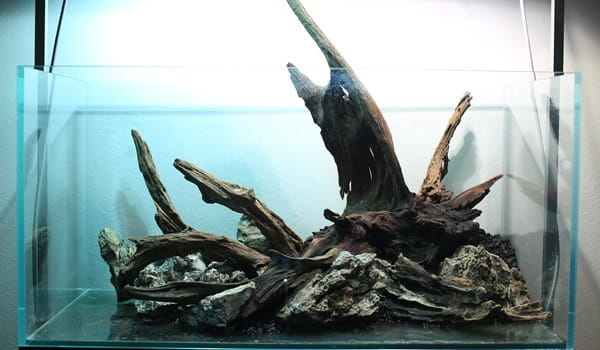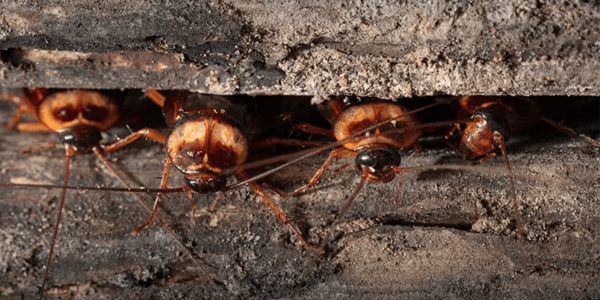Driftwood — the weathered, gnarled wood you often see on beaches, riversides, or in aquariums — may look like a piece of art shaped by nature. But have you ever wondered whether driftwood still contains the nutrients it had when it was part of a living tree?
What Is Driftwood?
Driftwood refers to wood that has been washed onto shore by the action of waves, tides, or winds. It can originate from fallen trees, branches, or even man-made wooden objects that end up in oceans, rivers, or lakes.
Over time, driftwood is exposed to the elements: sun, saltwater, freshwater currents, and microbial activity. This exposure gives it its characteristic smooth surface and pale, greyish color — but it also causes significant chemical and structural changes.

Is Driftwood Stripped of Nutrients?
Yes, driftwood is largely stripped of nutrients — and here’s why:
1. Leaching by Water
As wood drifts through rivers or oceans, water gradually leaches out soluble compounds like tannins, lignins, and sugars. These nutrients, which once nourished the tree or fed decomposers, are either washed away or broken down over time.
2. Microbial and Fungal Breakdown
Driftwood undergoes biological decomposition by bacteria and fungi, especially in freshwater environments. These organisms feed on the nutrients within the wood, breaking it down and further depleting its value as a nutrient source.
3. Sun and Wind Exposure
Extended exposure to sunlight and air dries out the wood, causing it to lose any remaining organic material. This natural weathering process bleaches the wood and breaks down softer tissues, leaving behind a hard, often hollow, and nutrient-poor structure.
What Remains in Driftwood?
Though driftwood is stripped of most nutrients, it can still contain small amounts of minerals, especially if it’s been soaking in seawater. It also retains its cellulose and lignin structure, which makes it physically strong and resistant to decay — ideal for crafting, aquascaping, or even furniture-making.
Is Driftwood Harmful or Useful in Aquariums?
Despite its lack of nutrients, driftwood is widely used in aquarium setups for a few reasons:
- It creates a natural look and provides shelter for fish.
- It can soften water by releasing residual tannins.
- It supports beneficial bacteria and biofilms once submerged in aquariums.
However, it must be properly cleaned and cured before being added to tanks, as some types of driftwood may initially release tannins that affect water clarity and pH.
Final Thoughts
So, is driftwood stripped of nutrients? Yes, significantly. What you see on the beach or use in aquariums is mostly inert, having lost much of its original organic content through prolonged exposure to natural elements. Still, its aesthetic and structural qualities make it valuable in various decorative and environmental uses — even if its nutritional content is long gone.

